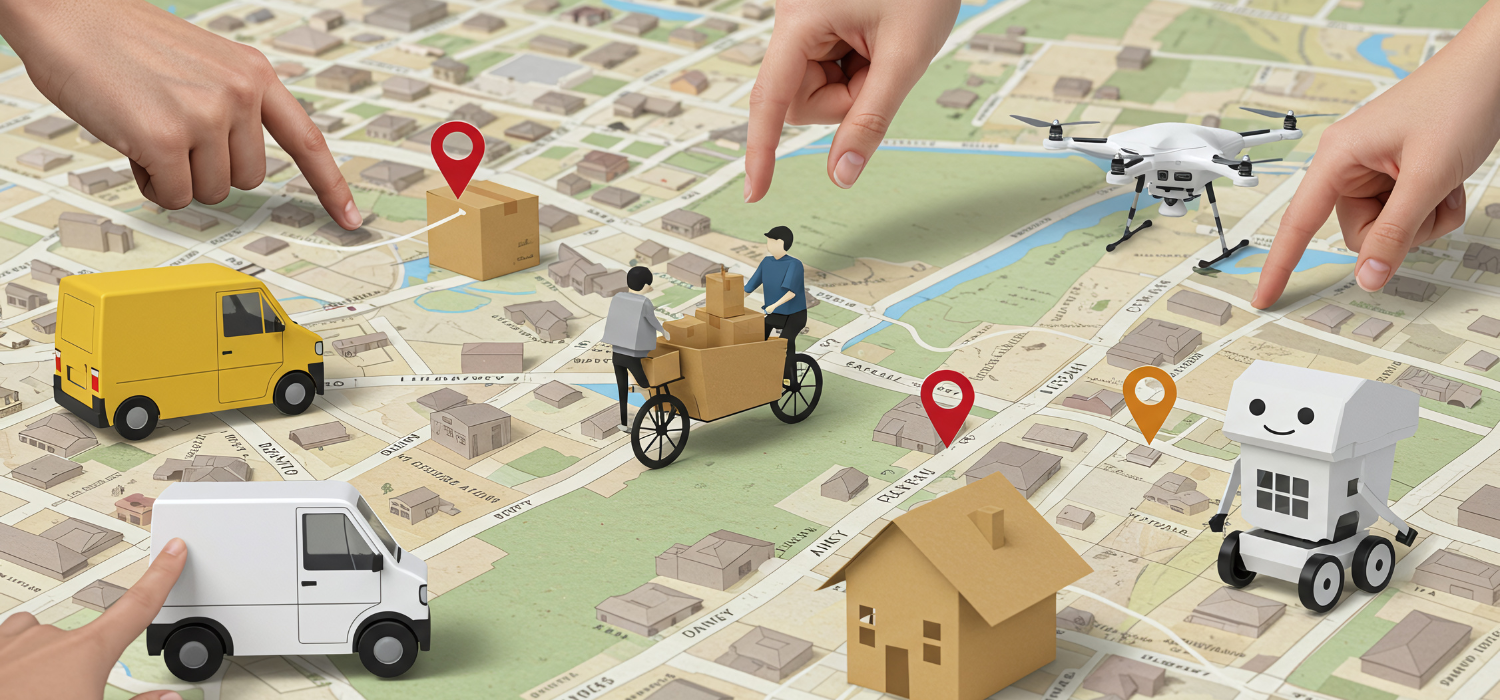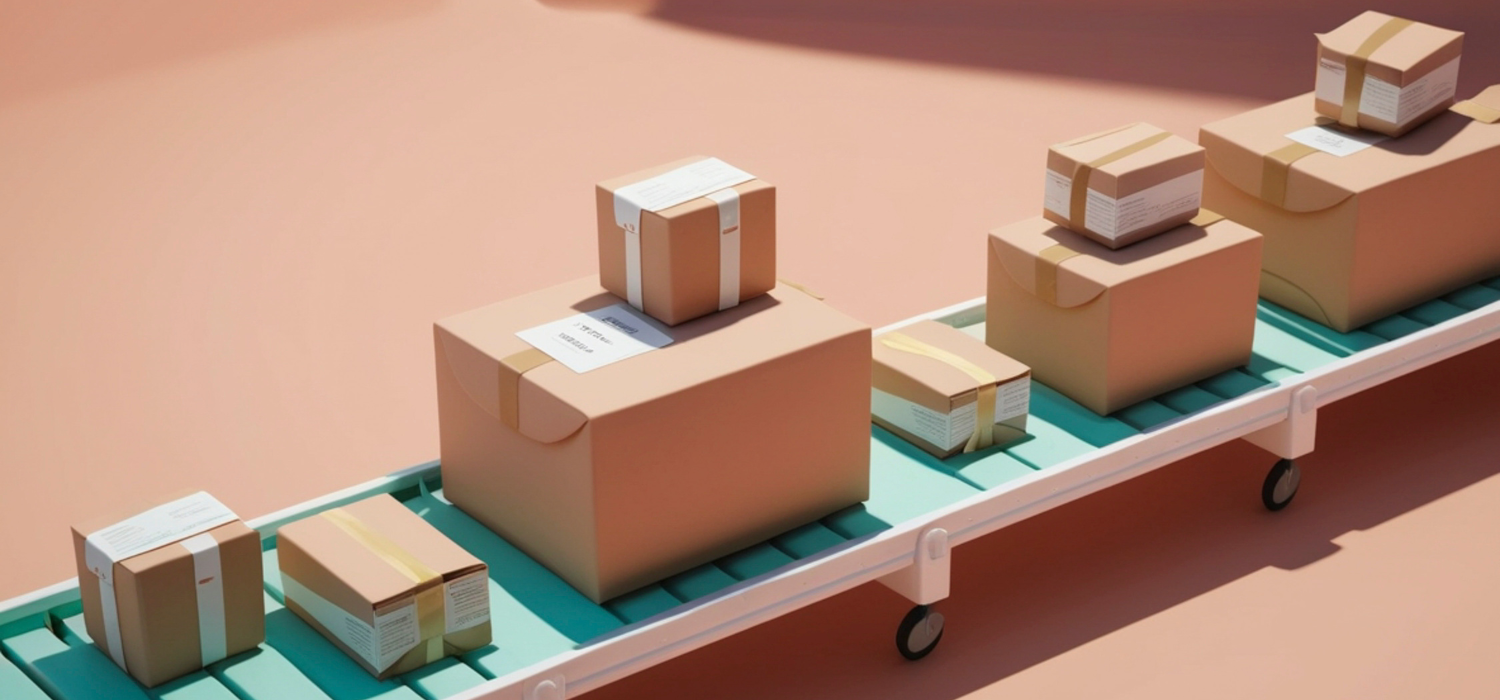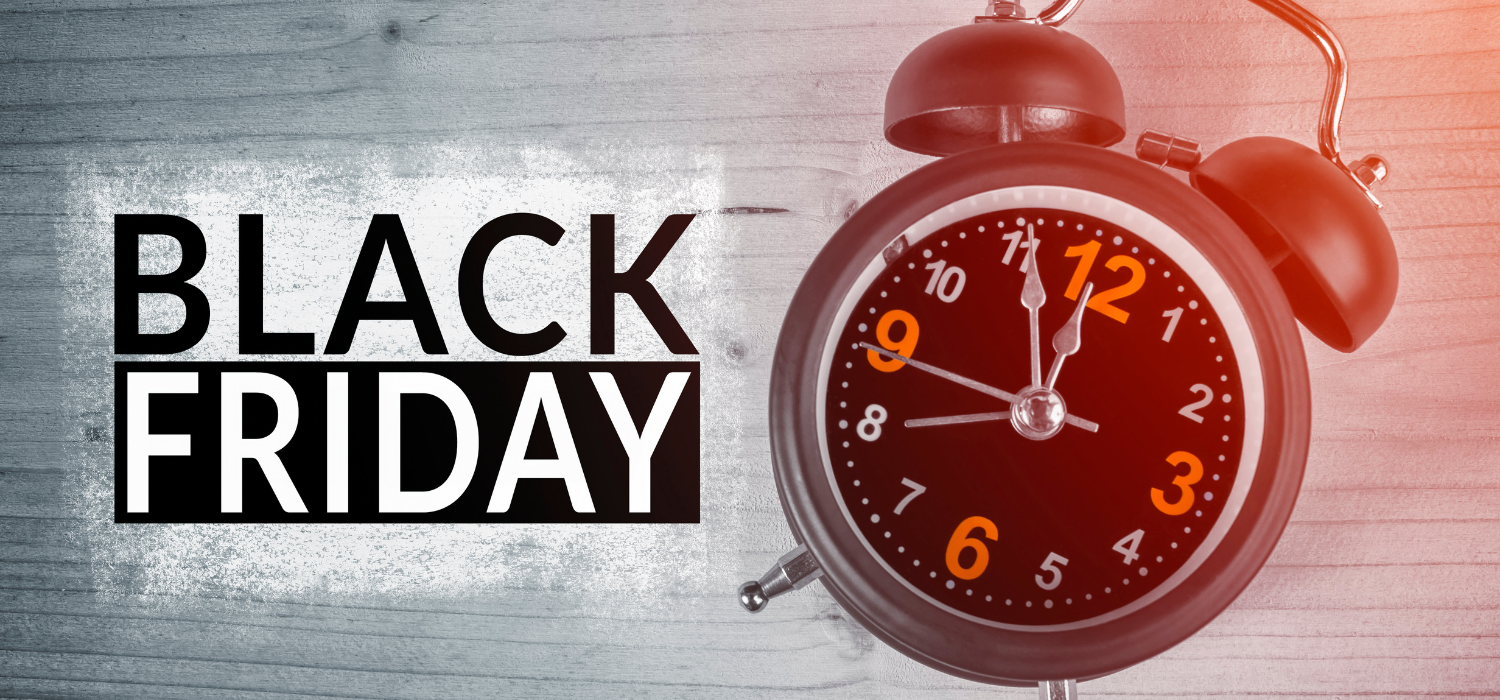Covid-19 has not only changed our lives but also the way we consume and shop. This is established by PwC’s Global Consumer Insights Pulse Survey report, which identifies the 4 drivers of consumption in the post-Covid era that can help companies prepare for the future in view of the “new normal.”
In fact, according to the PwC study, there will be four factors that will influence shopping behaviors across retail channels in the near future:
- The “Zoom Effect” or the preference of smart-workers for online sales channels. Increased attention on their part to the issue of sustainability as well.
- The growing generation gap leading to a greater propensity for digital purchasing by younger generations than by older age groups.
- The increased focus on health and safety that will lead “conscientious consumers” to prefer online sales channels over physical channels.
- The differences between the East and West of the world that drive consumers in the Asia-Pacific region to be more sustainability-oriented and less concerned about health and safety when shopping in physical stores, according to PwC data.
Device choice for online shopping
Going into more detail, however, reveals other interesting data. In the choice of device for online shopping, the smartphone prevails with 39 percent of preferences over the tablet (33 percent) and the PC (30 percent), while 37 percent of consumers surveyed say they also shop online using smart home voice assistants such as Google Home, Amazon Echo and Samsung SmartThings.
Elements influencing the choice of eCommerce channel
In light of this, however, it is also important to understand what elements are most considered by consumers when choosing the online channel for their shopping.
Coming out on top is the guarantee of fast and reliable delivery (42 percent) allowing, for example, delivery in less than 24 hours, pickup of online purchases in physical stores or designated pickup locations, and, finally, product visibility throughout the delivery process. If you need help streamlining your shipment management process, contact us here.
This is followed by:
- the in-stock availability of the products you want (38 percent)
- the ability to quickly and conveniently navigate the website or app to find the products you require (36%)
- a good returns policy (32%) that provides several options including free returns or the ability to return products purchased online to the store
- the presence of a larger stock than in physical channels (30%)
- the presence of reviews from other users related to the product and shopping experience (29%)
- an easy-to-use interface/app (28%)
- the presence of exclusive offers, subscriptions and loyalty programs (21%)
- the ability to receive personalized offers (17%), which, as we have already seen here, is a strategy that also allows you to increase the conversion rate of your shopping cart.
Most purchased products online
In the face of the eCommerce boom due – in part – to the pandemic emergency, which products are most purchased through the online sales channel?
According to the research, digital consumers prefer eCommerce for products belonging to the fashion category (clothing and footwear) 79 percent of the time. This is followed by products from the consumer electronics category (cameras, TVs, smartphones, tablets and PCs) – 71 percent – and, finally, cosmetics products (68 percent).













